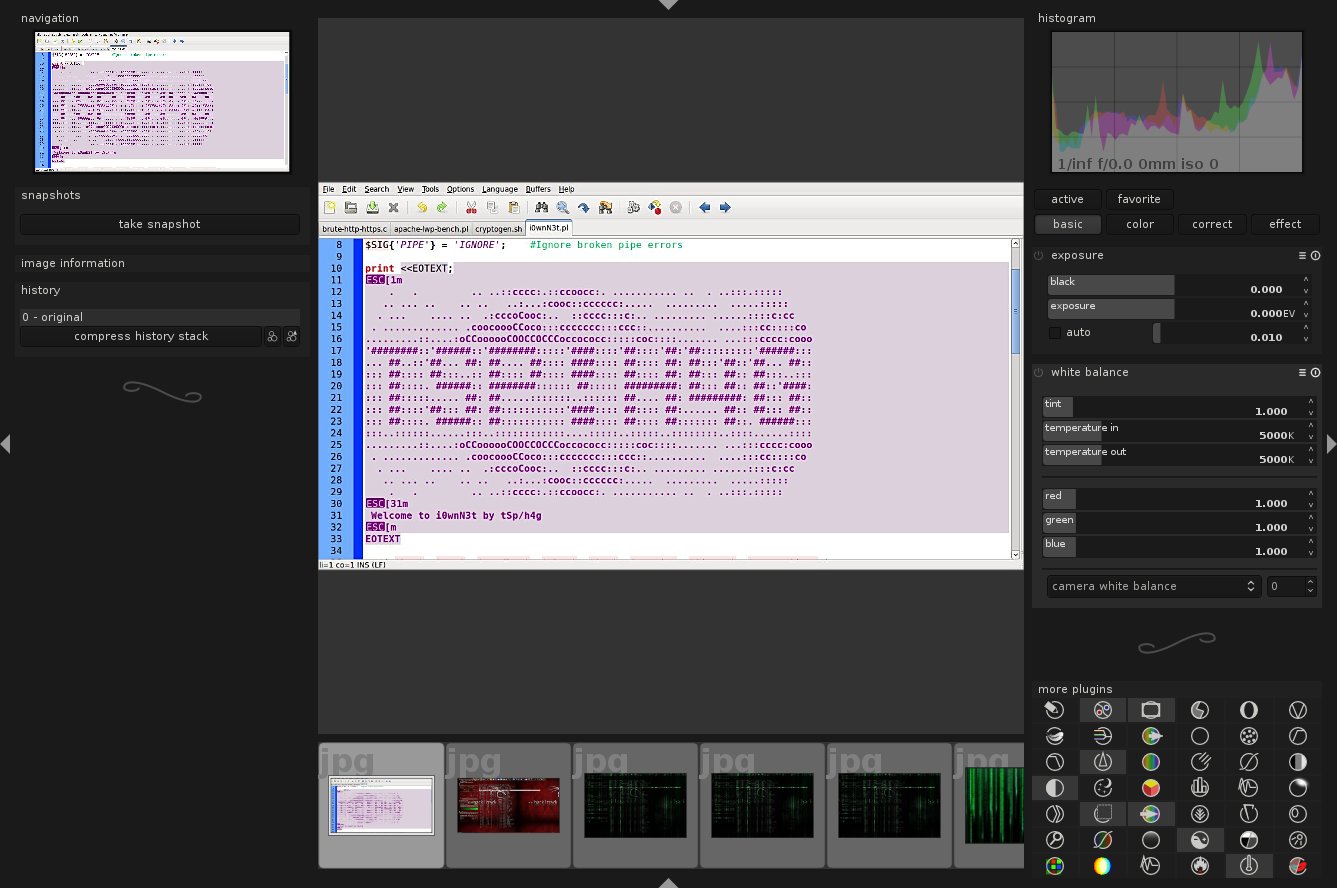
Each RAW processor has its strengths, and not all RAW processors work well with all RAW formats or shooting conditions. Depending on your workflow and demands of course. This ensures rich and standard-compliant metadata.įor image editing, DT is surely an alternative for some other other RAW processors. I would be really careful not to add or edit metadata in DT. See the post from bekesizl above (our posts crossed). This is what all standard applications in the imaging market expect. which must use embedded XMP as per XMP and industry standards.ĭT uses file names like _ instead of the standardized _DSC123456.xmp (XMP files must have the same name as the linked image, but the extension. It even produces sidecar files for image formats like JPEG/TIFF/. It also uses a proprietary file naming scheme that is not covered by the XMP standard, which makes the sidecar files it uses invisible / unusable in other applications.Īctually, if you have RAW files with an XMP sidecar file already, it produces another XMP sidecar file, with only a small portion of the original metadata. No migration between legacy IPTC/EXIF/GPS. If memory servers it supports only a small subset of XMP. But I've checked it out last year to see if and which image metadata it supports - and I was not impressed. I have never actually worked (processed image files) with DT. Which are basically all professional and commercial products, ExifTool, many open source projects. This makes you independent from IMatch and allows you to see and work with your metadata in all other applications that also support XMP. In a standardized and widely supported format.



The IMatch database servers as a powerful cache and aggregator - but your precious metadata is stored where it belongs: in your image files. That IMatch is so good at working with XMP is actually a massive benefit for you.īecause it means that your metadata is stored inside your images, not only in the IMatch database. XMP is also a superset of the older standard IIM3 IPTC, EXIF and GPS and the Metadata Working Group defined rules for how older metadata has to be migrated into XMP, and back. XMP is the industry standard for storing metadata in image and other files (or as separate XMP files in case of RAW and other files).


 0 kommentar(er)
0 kommentar(er)
